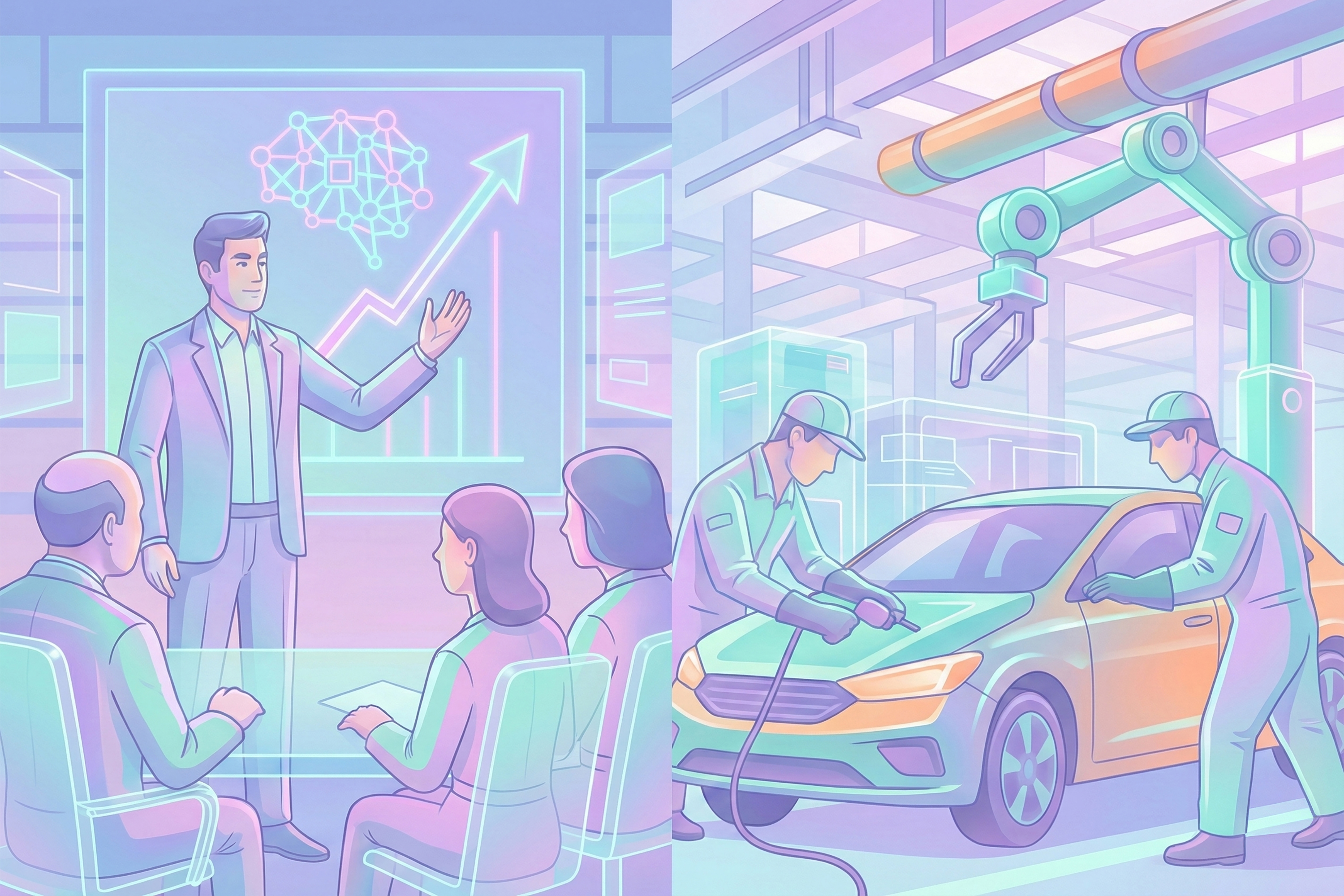
The scientific field of nutrition has experienced many setbacks and disappointments over the last decades. The ‘schijf van vijf’ (the Dutch dietary guideline on the recommended portions the five basic food groups) has nonetheless remained a largely undisputed guide to a healthy diet. But finding out which specific types of food sources and nutrients lead to what health benefit, and what the underlying biological mechanisms are, remains difficult, according to Dutch scientists. In a sense, although many health claims are being made about nutrition, rigorous scientific substantiation is far from present in many cases. Most of all, results from generic studies do not necessarily count for the individual. This leaves consumers confused and vulnerable to believe in (often unscientific) claims that sound promising.
Nutrition scientists’ hope lies with the advances and increasing insights in genetics. Nutrigenomics is about how our unique biology interacts with the food we consume by looking at the relationship between nutrients and gene expression. Although more than 99% of genes are the same in every human being, this still means that we differ in our genetic make-up to such an extent that what is healthy to one can be unhealthy to another (think of allergies). Nutrigenomics looks at your genetic map and try to explain and how it affects the way your body processes food. But while this scientific field is still in its early stages, and we have only made the first steps towards finding a personalized diet to stay healthy, it hasn’t refrained companies to jump into making promises of linking customer’s genetic make-up with their preferred diet. In that sense, we should be cautious to believe this kind of promises Habit, Arivale, DNAFit, DNANudge, Nutrino and similar parties make.
For now, the nutrigenomic market is experiencing a hype. In the future, however, with the continuous advancing insights into our genes and their interacting with the environment, we will get closer to a personalized diet. Wristbands to guide you through the supermarket for an optimal personal menu, and food delivery services with tailor-made portions and nutrition added according to your personal needs will become reality. But for now, we will have to stick to the ‘schijf van vijf’ and largely to our gut feeling in our food choices.


